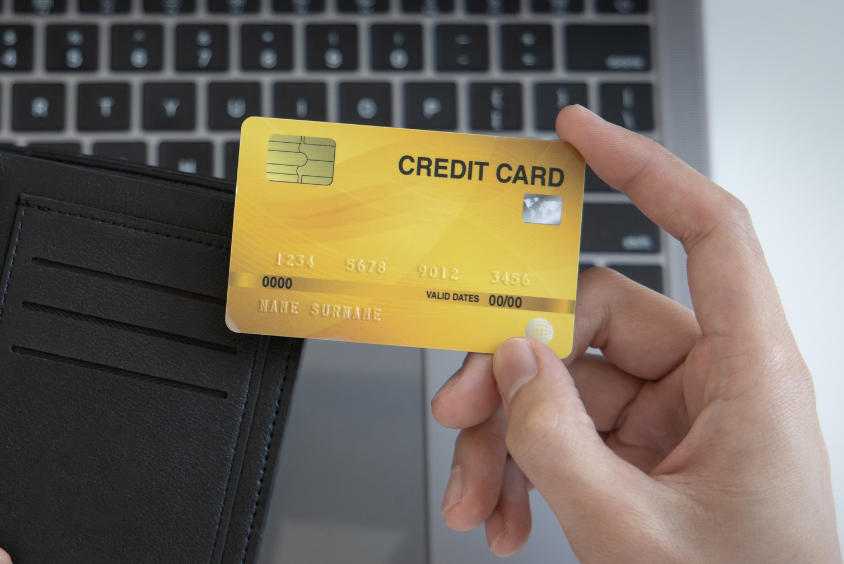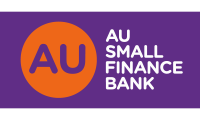India is one of the fastest-growing economies yet it is still behind most developed nations when it comes to the finance sector. There exists a major gap in the ease of access to formal credit. Covid-19 has accelerated the fulfillment of this gap by the credit card and fintech sector as they moved towards increasing their offerings and allowing the consumer to purchase through payment methods such as buy now, pay later, credit EMIs and contactless payments. These methods have seen large-scale acceptance and are continuing to grow in 2022.
Fintechs have started collaborating with banks to bring co-branded cards with rewards for the consumer to acquire more customers at a faster pace and at a lower cost. Since the pandemic, the financial sector has evolved and there are some noticeable trends that you can watch for in the new financial year.

1. Shift in the reward categories
Credit card companies have evolved since the pandemic. Since more users are seeking rewards on their everyday purchases, the companies have made changes in their reward programs to maximize their cardholder benefits. Many credit card issuers have started offering cashback to allow users to choose how they spend their money.
Many merchants such as Flipkart and Amazon have started offering cashback in collaboration with credit cards. Currently, Amazon members can avail of up to 5% cashback with the rewarding Amazon Pay ICICI Credit Card. Redemption flexibility is something that credit card companies have started offering since the pandemic when people stopped traveling. To keep their current customers, the credit card issuers allowed people to de-center travel rewards and use them in the purchase of everyday essentials, groceries, and home improvement.
Credit card issuers have started giving more rewards on everyday purchases such as food delivery and streaming services which has taken a large proportion of consumer spending since the pandemic. A rise in partnership in the reward category has also been seen since the pandemic; consumers get rewards, discounts and free trials on other brands as credit card companies are leveraging brand partnerships.
2. Better User Experience through robust apps
People are valuing their experience with mobile apps more than ever. They want a seamless interface and smooth transactions and credit card companies have been working on improving these features.
Many banks in India such as ICICI, HDFC, and Axis bank have secure mobile apps which provide users to make easy transfers and quick purchases. These apps can also act as one-stop shopping platforms. You can also use it to scan and pay at stores. These apps are convenient for accessing your bank account and also offer special discounts and offers.
Mobile apps help the customers see a bigger picture of their finances. They can manage and track their finances with a few clicks. Credit card companies have started offering more personalized services and improved live assistance through these apps. Chatbots are also gaining traction for general inquiries.
3. Contactless payments
Pandemic has shifted the way people were traditionally making payments. Contactless payments have gained huge traction since the pandemic. Initially, it was mandatory to prevent COVID-19 but most people are still using it because of the convenience and flexibility it offers.
Contactless payments have seen a rise as customers can scan their card at the payment terminal without it touching any device. Through Contactless cards, customers can make the payment simply by holding the card above a contactless-enabled card reader. These payments are gaining traction amongst customers because they are quick, effortless, secure, and offer an enhanced customer experience.
4. Travel cards may start getting the spotlight again
After the pandemic, travel credit cards are gaining relevance again due to pent-up demand. People weren’t able to travel during the pandemic due to the grim situation all over the world and most countries didn’t allow foreign tourists to enter. This caused an increase in the eagerness of the people to travel once the situation started normalizing.
Now, most countries are open to travel and the tourist demand is rising. Consequently, it is seen that travel credit cards are growing in demand as people are seeking attractive offers and more rewards while they are enjoying their vacation. Travel credit cards come with a number of benefits such as reward points on airline ticket and hotel room bookings, lounge options, and travel insurance.
Many companies have launched credit cards exclusively designed for people who travel often. The Atlas Credit Card launched by Axis Bank is one such rewarding card. Cardholders get 5000 EdgeMiles as a welcome benefit on completing three transactions within the first 60 days of card sign-up. Such cards also offer special lounge and dining benefits which people can enjoy while they travel.
An airport lounge is a coveted bonus that people are seeking in their travel credit cards. It allows people to gain access to Domestic or International Airport Lounges depending on the card and offers many other perks as well. Most people wait at the airport for an average of 2-3 hours which can be tiresome and gaining access to the airport lounge which is not offered as a credit card bonus can turn out to be expensive. Hence people are choosing travel cards that offer complimentary airport lounge access.
Also Read: List of Top Travel Credit Cards in India
5. Disruption in the credit card industry by FinTech
Fintech is disrupting the way banks traditionally work and is evolving the digital front of payments. India has seen a steep rise in the number of Fintech startups. Out of the 2100 fintech startups that currently exist today, 67% have been set up in the last 5 years.
Fintech has seen a rise due to high customer demand, a fraction of this rise can be attributed to government actions such as demonetization and the introduction of GST. UPI payments have seen a rise of 3x between March 2020 and January 2021 and are continuing to increase in demand.
Fintechs are also offering the BNPL or Buy Now, Pay Later which allows consumers to divide the cost of purchase and make the payments over a period of time. More people are gravitating towards this method as it is an easy and trustable method to make payments and allows the user to budget their monthly experience. It also helps people to improve their credit scores over time.
On the other hand, many banks are collaborating with fintech startups to improve their existing systems and enable seamless operation to deliver a better user experience to their customers. Fintechs are also leveraging data analytics to join forces with financial service providers. Needless to say, fintech has made banks a little more conventional to use.
6. Co-Branded Credit Cards
With the advent of new technologies and digital transformation taking place in the current scenario, the banking sector is witnessing the growth of co-branded credit cards. Co-branded credit cards are credit cards where retailers partner with a credit card issuer or network to provide collaborative benefits to the consumer.
Through co-branded credit cards, customers gain exclusive discounts, offers, and cashback, which often leads to an increase in the average spending of the customers. These cards are highly rewarding and help in enhancing customer acquisition and retention. Currently, co-branded credit cards are offered in sectors such as lifestyle, travel, utilities, and petrol. Amazon ICICI Credit Card and Flipkart Axis Credit Card are both examples of co-branded credit cards.
HDFC Bank’s co-branded credit cards currently account for 15% of overall spends of users and the bank expects to see a rise to 25-30% of overall spends in the coming 2-3 years. The bank is also exploring digital-only partnerships with telecom companies and eating out outlets among others.
Banks are looking to explore partnerships in untapped sectors such as hospitality, healthcare, and mass transit. A few card issuers will diversify their partnerships to explore and attract a larger consumer base.
The Bottom Line
The pandemic has changed a lot in the financial sector and banks are evolving to keep up with the new players that are entering the market. This has grown the financial sector at a high pace in the past two years. Customers are seeing more rewards, better user experience, seamless transactions, and an increase in the ease of using financial services.
Cashless transactions have accelerated since the pandemic and people are preferring UPI and mobile banking even to pay for everyday essentials. If anything, 2022 has brought fierce competition in offering rewards and redemption as more users have started using credit cards as the default payment method.








